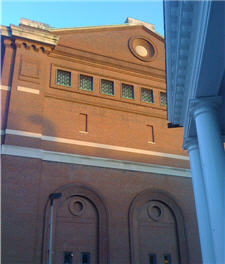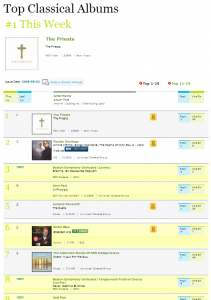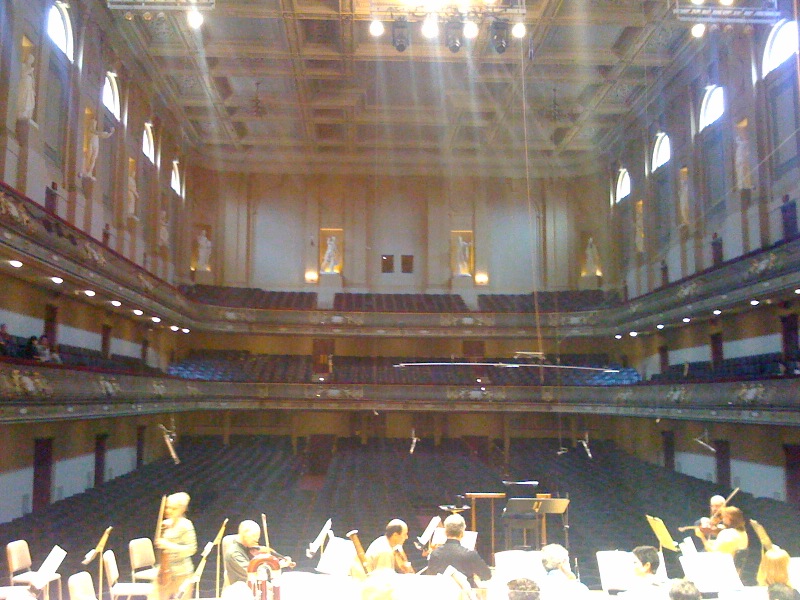There’s a fair bit of chatter about the MacMillan St. John Passion, so I thought I’d do a quick roundup. I’ll lead off with three other TFC bloggers, two of whom I’ve already linked, then include a few other notes.
- Tenore (Len): Free tickets available. Len writes, “While some of it is tonally challenging and a bitch to sing, most of it is quite melodic and beautiful.” Which of course drew a comment from the composer (seriously).
- Angelina Calderón: From the depths of Symphony Hall. Angelina writes a little about the rehearsal process.
- Jeff, aka Just Another Bass, has a set of great articles about the process and the piece.
Then there’s all the other writings, some of which stem from the piece’s first round of performances, others are more contemporary:
- The Guardian, James MacMillan charts the progress of his latest composition The Passion. Interesting diary in progress of the work. My favorite bit from the article: “The scene where Jesus is brought before Pilate is the work’s biggest movement. It’s pure drama. This is the first point where I’ve wondered if I need more soloists. Instead, I’ve decided to give the role of Pilate to the basses. His music has a particular colour – a desiccated, dry clicking sound, col legno strings, temple blocks with low bassoons and parping trombones. It’s a challenge to write this music for chorus rather than soloists; I’m trying to write what I feel the part needs while making sure it’s still manageable for an amateur chorus. I’ve just written a tricky F sharp up to F natural interval for the basses – the music has to prepare and help them in some way, so I’ve outlined the interval in the timpani which sets up a kind of context so they can feel more relaxed about it. They’ll still scream when they first see it, I’m sure.” (For what it’s worth, the TFC basses are doing just fine with the part.)
- The Jewish Daily, Forward: MacMillan and strife: a new ‘St. John Passion.’ The article calls out the orchestration and the inclusion of the Reproaches text in leveling a charge of antisemitism against the work.
- Boston Globe, An act of ‘Passion’. Good introduction to the piece for American audiences, including the perspective of Sir Colin Davis, our conductor for the run.




